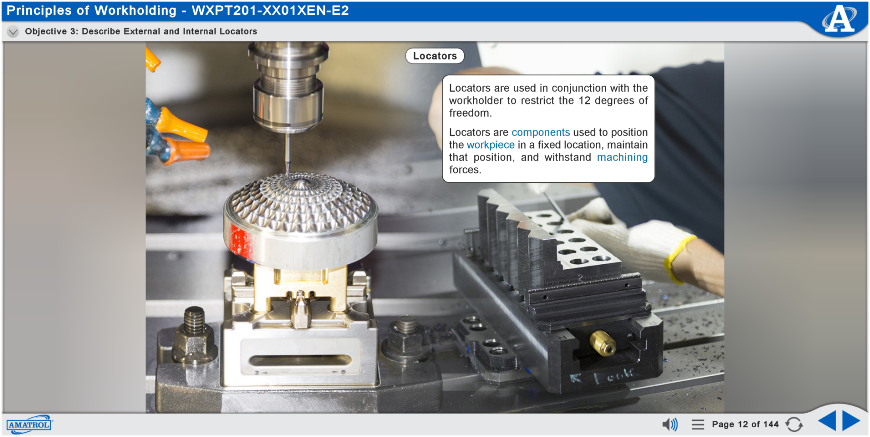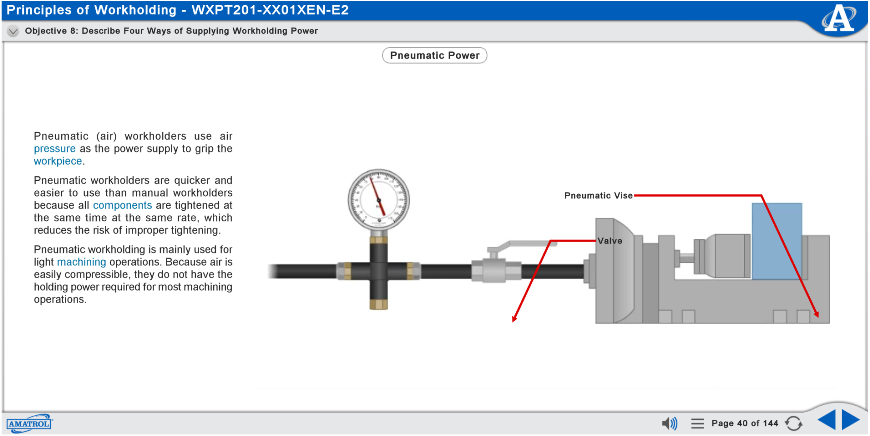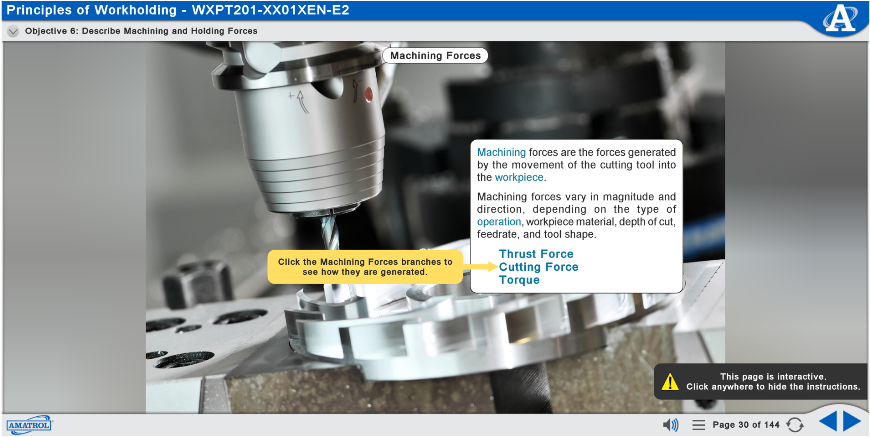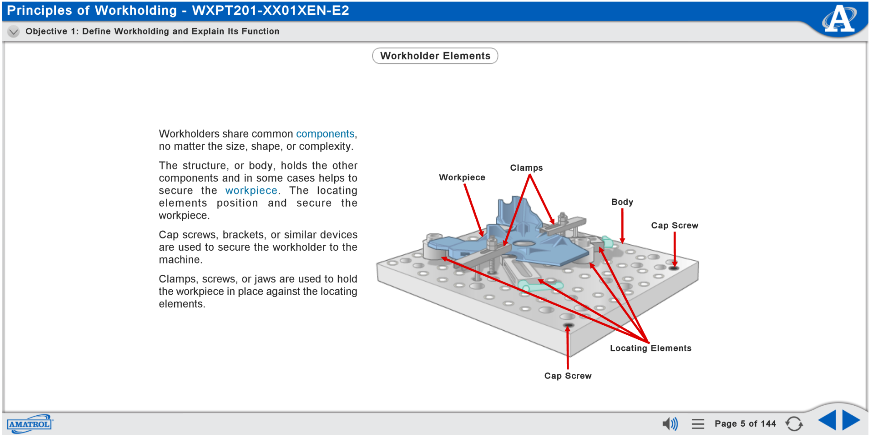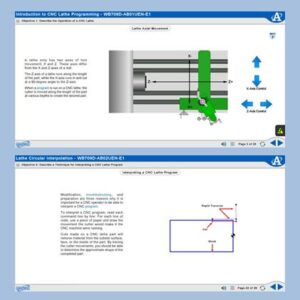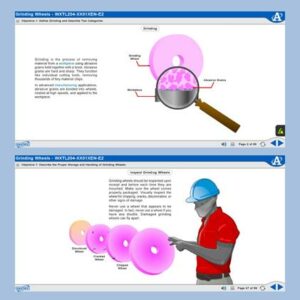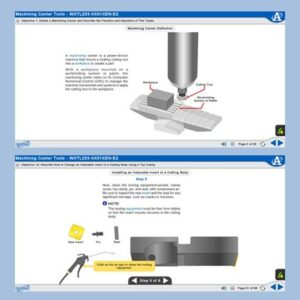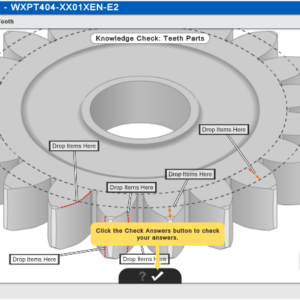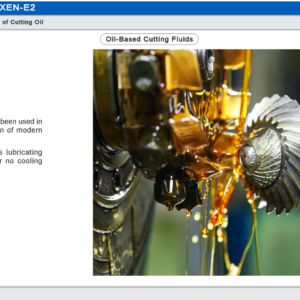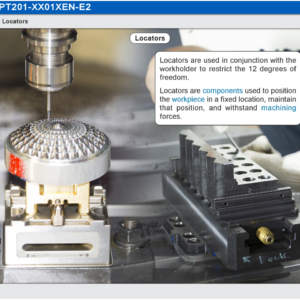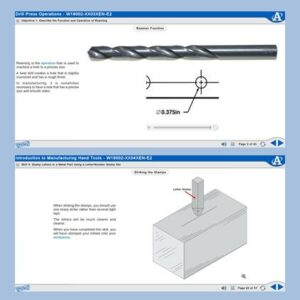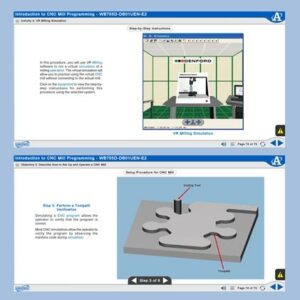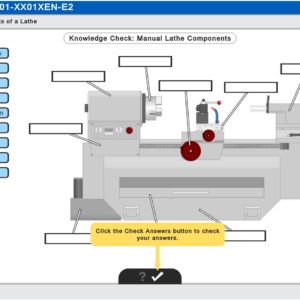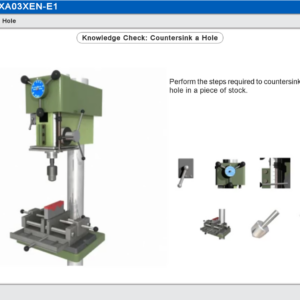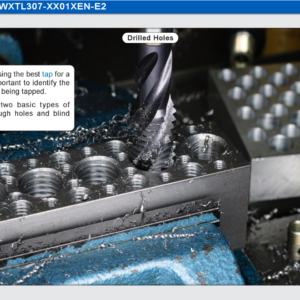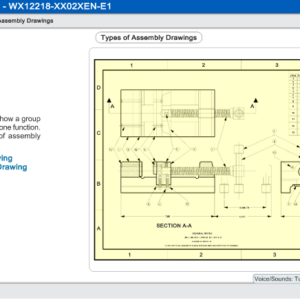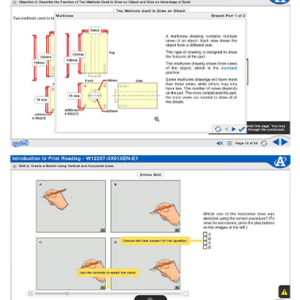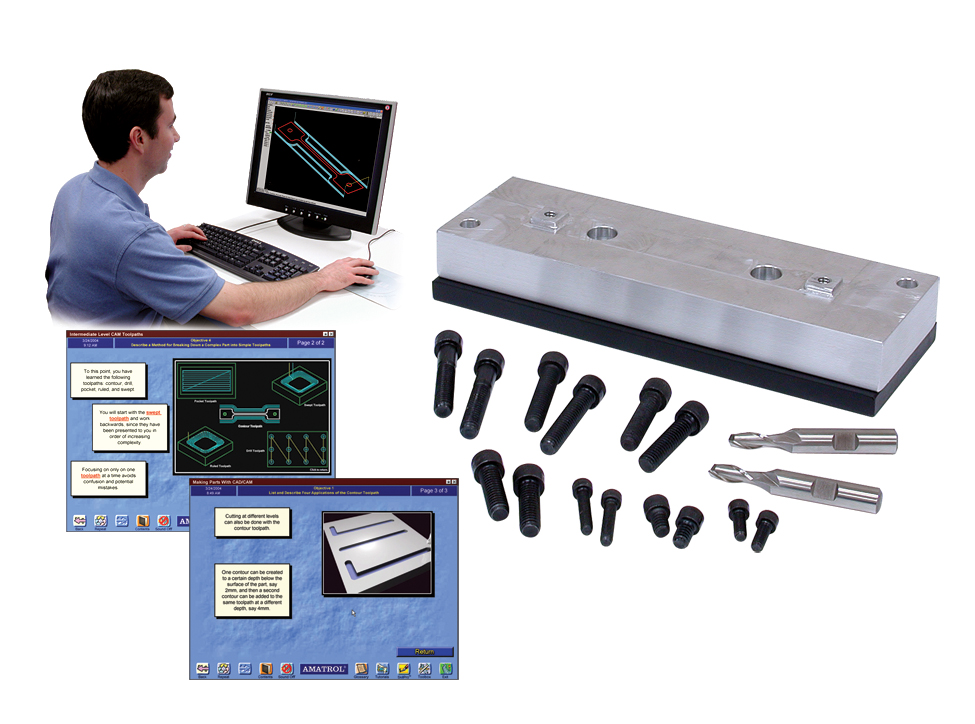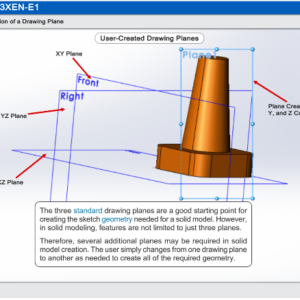Amatrol’s Principles of Workholding eLearning introduces the theory and concepts of workholding and the devices used for locating and securing work pieces. The learner studies the fundamentals of the workholding process and the components, operations, and maintenance of the major types of workholding devices.
- HOME
- PRODUCTS
- eLearning
- Hands-On Workstations
- Assessment Systems
- Skill Boss Manufacturing
- Skill Boss Logistics
- High School Learning Programs
- College Learning Programs
- Industry Training Programs
- Industrial Certification Preparation
- Portable Training Systems
- Product Catalogs | Family of Companies
- eBooks
- FaultPro | Electronic Fault Insertion & Troubleshooting System
- Virtual Simulators
- Student Reference Guides
- Furniture
- PRODUCT CATEGORIES
- INSTRUCTOR TRAINING
- SUPPORT
- FAQ
- NEWS & MEDIA
- COMPANY

